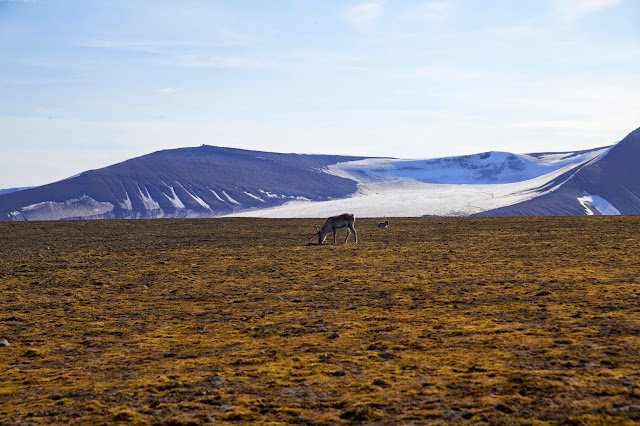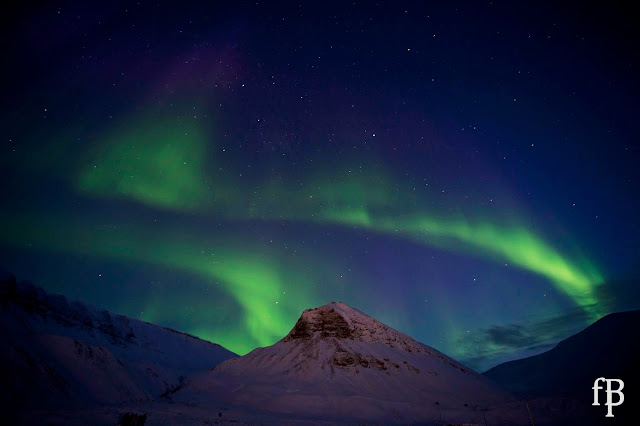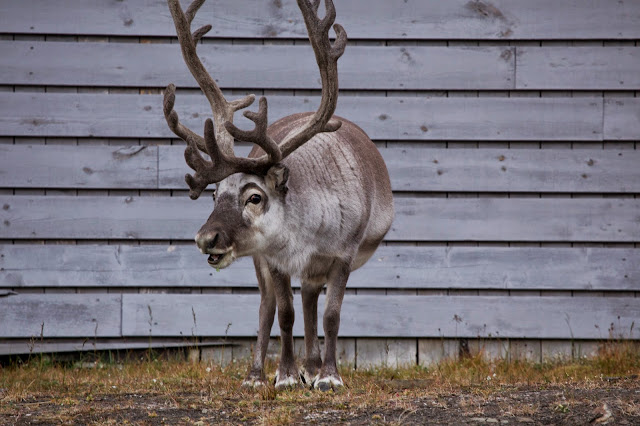Hello people, it’s been awhile! Vanessa here
by the way.
While all of you are done with your studies
and enjoying the coming summer, we are buried knee-deep in work. Student life.
Anyway, it is actually not too bad as the sun
is shining and we finally have time to tell you about our AB-202 marine biology
cruise. One word: copepods. So many copepods...
Two to three people shared a cabin and food was available 24/7 (hell yeah!). It was a
pretty intense week filled with work, little sleep and lots of caffeine.
Day 1
included the division of our class into groups which rotated every day to do
one of these tasks:
→
Zooplankton
sampling, identification and egg incubation
→
Primary
producers (micro- & macroalgae -> went snorkelling!)
→
Benthos (Van Veen grab, benthic trawl, trinagular dredge)
→
Fish (benthic and pelagic trawl, dissection and stomach content analysis)
→
Sea bird observation (extra)
→
Ice algae
and meiofauna (extra) -> got me excited!
It was really fantastic to have that much
hands-on field and laboratory work, even though we went to bed around 1 to 3am
every day (morning) and got up at around 07:00am. Sometimes we even had bird
watch, which made your night not as long as you might have wanted it to be. Still
it was a lot of fun. We sailed around the west coast of Spitsbergen, into
Hinlopen Strait aaaaand the pack ice (80°N!). Felix will tell you all about the
wildlife we saw…
We stayed in the pack ice overnight to
conduct some ice-based fieldwork. This made me more than happy, because I am
writing my bachelor thesis on life in ice. And because it is fun to use the ice
drill and corer ^^.
Apart from work, we visited Ny-Ålesund, ate
lots and laughed lots. All in all I would say it was a pretty good cruise. It showed me that even if you specialize, you need to have a sufficient amount of knowledge out of your field to bring it all together. One
thing , at the time of the cruise Phaeocystis
pouchetii (a coccolithophore) was blooming nearly everywhere, which made
our drinking and shower water, and us smell ever so slightly…nom.
 |
| Ready to science in sexy orange rain gear! |
 |
| Science! |
 |
| Sciencing! |
 |
| Ice-based fieldwork |
 |
| Northern most ice henge |
 |
| Happy AB-202 course (on the ice- Vanessa (blue hat), on the gangway- Felix (red & orange hat) , Sam (yellow neon hat) and Connor (red jacket)) |
 |
| Copepod (in the ice)! |
 |
| Cute little polychaete larvae |
These guys make me happy :).
Even though we were working hard every day, we still had some amazing time outside the lab. On the second day, we stopped in Ny Ålesund and went for a walk in the northernmost village of the world, at almost 79°N.
Because this settlement (unlike Barentsburg and Longyearbyen) was not bombed by the Germans in WWII, you can now find Svalbard's oldest inhabitable buildings there. With disbelief, we realized that even though the Germans lost the war, they still somehow managed to conquer Ny Ålesund — there were AWI signs everywhere (AWI=the German polar research institute). Even more surprisingly, I met some fellow Austrians on their way back from fieldwork, displaying their national pride with an Austrian flag on the back of their scooter.
 | |
| An unlikely encounter: me (Felix) with the scooter of the Austrian Polar Research Institute |
 |
| An atmospheric scientist with his experimental balloon |
Kings Bay Kullkomapni built Ny Ålesund as a coal-mining town in 1916 in a beautiful landscape (we all agreed that UNIS should move there). After 21 men lost their lives in the tragic mining incident of 1962, the mines where shut down but some buildings and artifacts still remind of the the coal mining history. Now, more than sixteen research stations of eleven different countries make it a hub of polar research during the summer, with up to 250 scientists whirling around. I am sure none of us would mind working in this amazing environment for a summer field season.
 |
| Sam and Alexandra in front of the awe inspiring landscape of Northwest Spitsbergen |
 | ||
| A relic of olden times – the railway which once transported coal from the mines to the harbour |
 |
| As it sits up, the yearling is about as tall as the adult bear — and it shows a lot more curiosity in our presence than the weary mother |
 |
| The determined mother treads past R/V Helmer Hanssen, showing off her strength with every movement |
 |
| An ivory gull sailing over our heads as we watch the polar bears on the foredeck |











